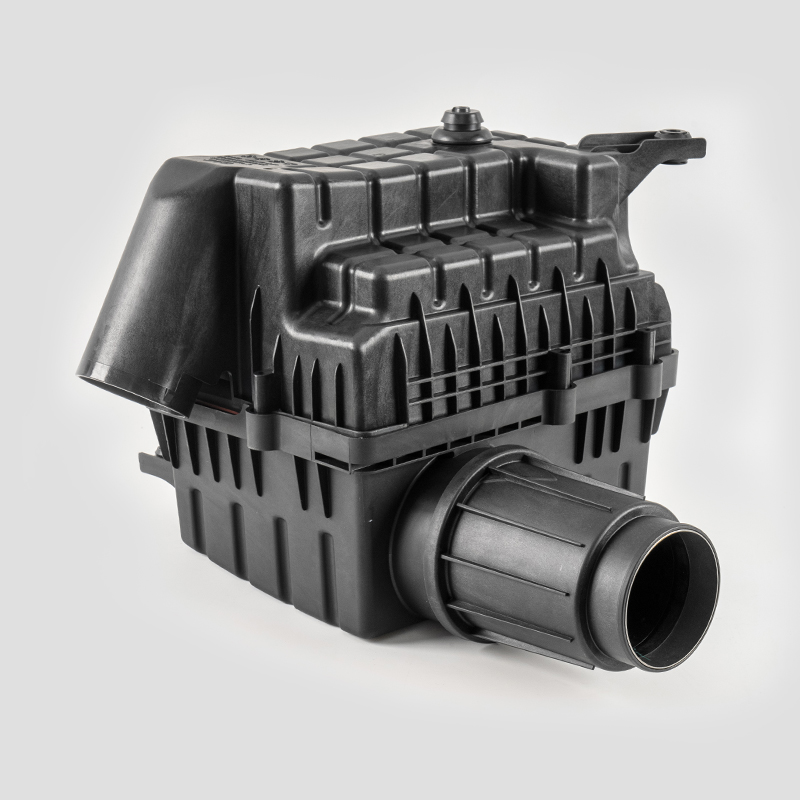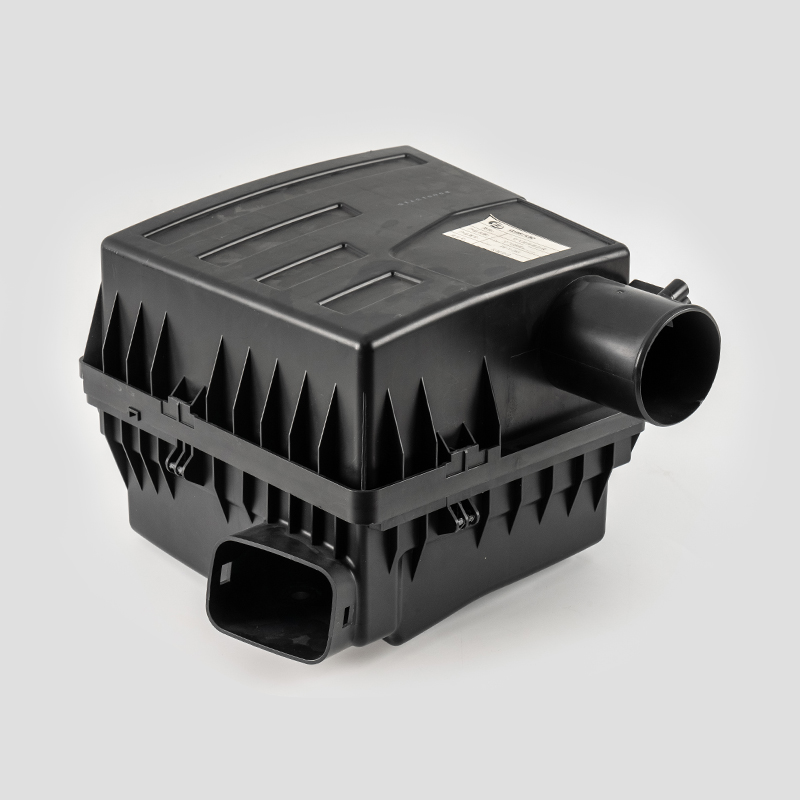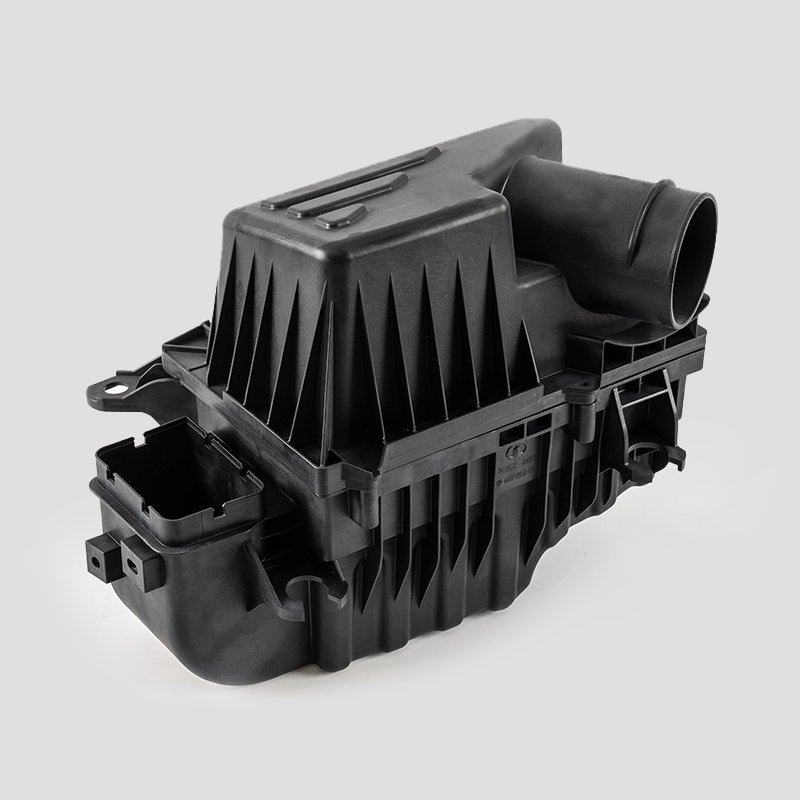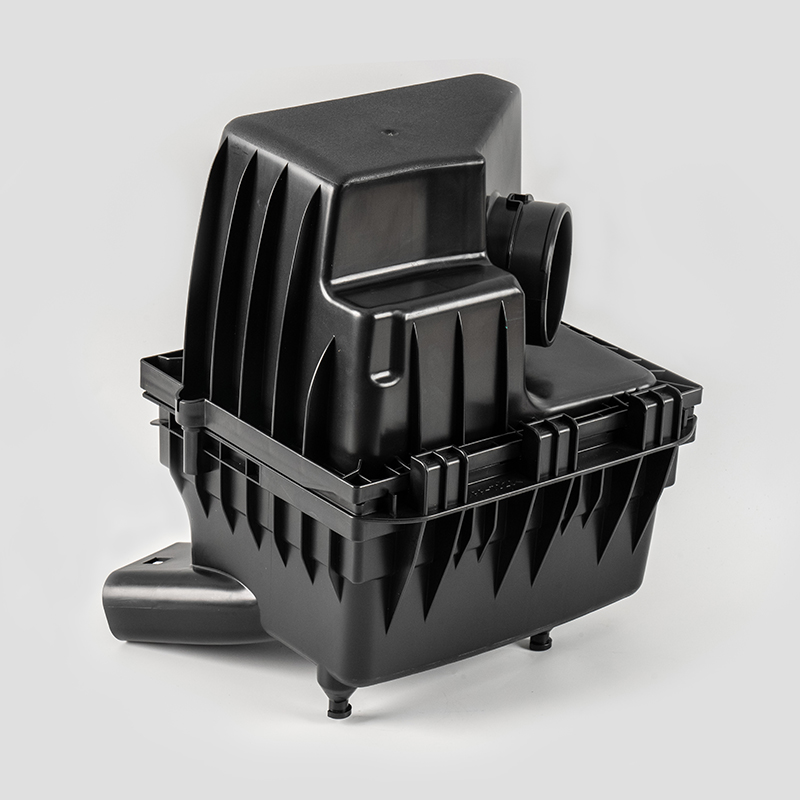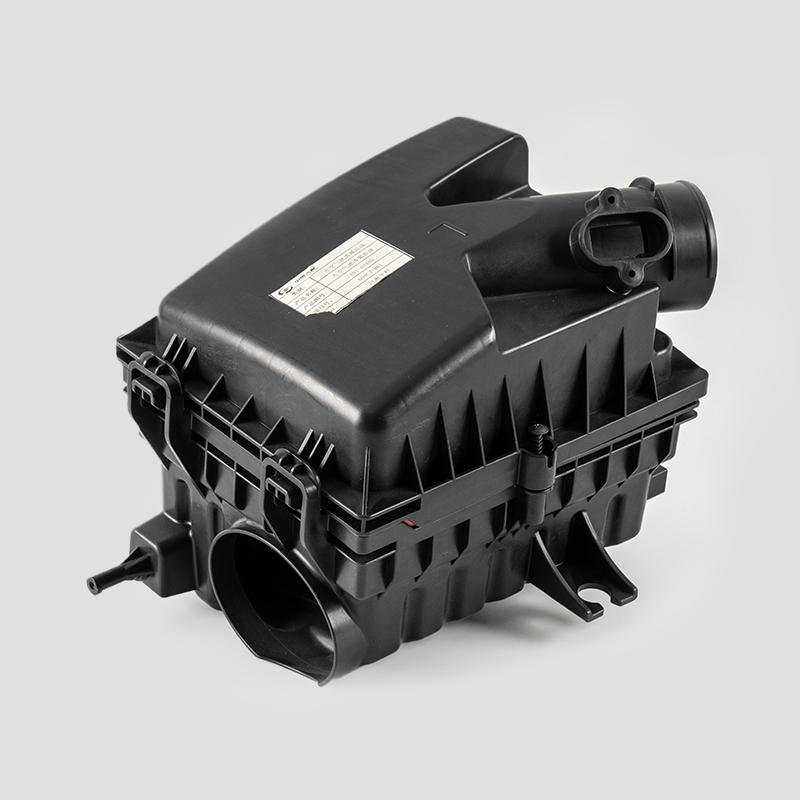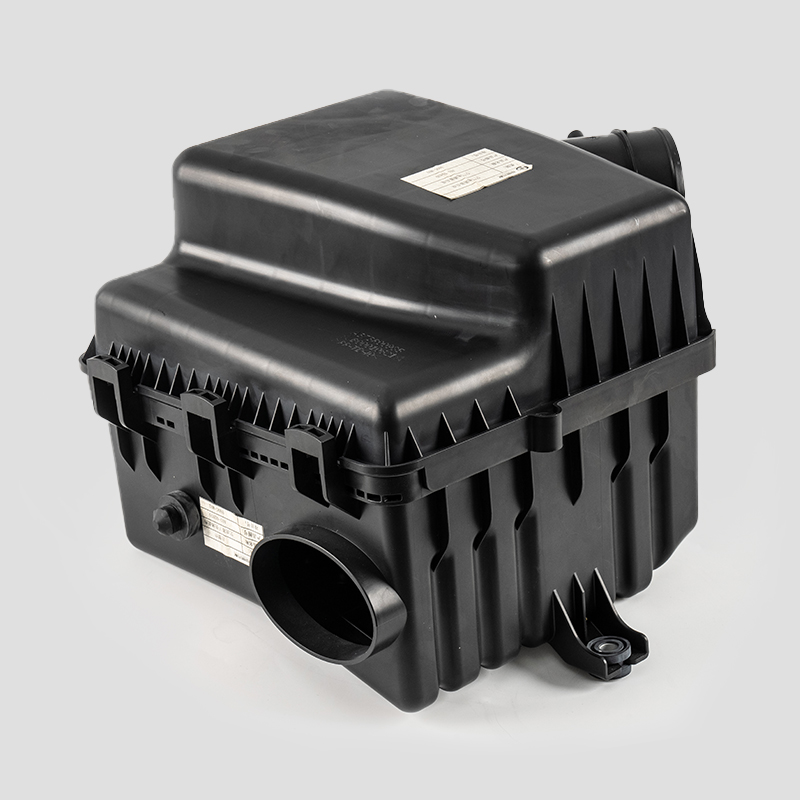How to Choose and Determine When to Replace Automotive Filter Elements?
What are the Materials of Air Filters
1.Characteristics and Advantages of Paper Filters
Cost-Effective: Paper filters are the most common type of Automotive Filter Elements due to their low manufacturing cost. They are typically made from multi-layer folded paper and can effectively capture dust and impurities in the air, protecting the engine from damage.
Good Filtration Performance: Paper filters have excellent filtration capabilities, effectively filtering out tiny particles to ensure the air entering the engine is clean. This helps improve engine combustion efficiency and performance.
Necessity of Regular Replacement: Paper filters gradually clog over time and need to be replaced regularly. Automotive Filter Elements Manufacturer typically recommends replacing paper filters every 10,000 to 15,000 kilometers to ensure their filtration effectiveness and the normal operation of the engine.
2.Washable and Durable Sponge Filters
Washable and Reusable: Sponge filters are made from foam materials and have the characteristic of being washable and reusable. This makes them very practical in environments that require frequent cleaning, reducing replacement costs.
Good Air Flow: Sponge filters provide good air flow and filtration effects, ensuring the engine receives sufficient clean air. After washing, sponge filters need to be completely dry before reuse to ensure their performance.
Maintenance Requirements: Although sponge filters can be washed and reused, they require regular maintenance and inspection. Automotive Filter Elements Manufacturer usually provides detailed cleaning and maintenance guidelines to help owners use and maintain sponge filters correctly.
3.High-Efficiency and Durable Cotton Filters
High Filtration Efficiency: Cotton filters are typically made from cotton fibers and have high filtration efficiency and durability. They can effectively capture tiny particles in the air, protecting the engine from damage.
Suitable for Various Environments: Cotton filters are suitable for various driving environments, including urban roads and rural roads. They can provide stable filtration effects under different conditions, ensuring the normal operation of the engine.
Necessity of Regular Replacement: Although cotton filters have high durability, they still need to be replaced after a period of use. Automotive Filter Elements Manufacturer typically recommends replacing cotton filters every 10,000 to 15,000 kilometers to ensure their filtration effectiveness and the normal operation of the engine.
4.Heat-Resistant and Stable Metal Filters
High Heat Resistance: Metal filters are typically made from metal mesh and have high heat resistance and durability. They can maintain stable performance in high-temperature and high-load working environments, ensuring the engine receives sufficient clean air.
Stable Air Flow: Metal filters provide stable air flow and filtration effects, ensuring the engine receives sufficient clean air. This helps improve engine combustion efficiency and performance.
Necessity of Regular Replacement: Although metal filters have high durability, they still need to be replaced after a period of use. Automotive Filter Elements Manufacturer typically recommends replacing metal filters every 10,000 to 15,000 kilometers to ensure their filtration effectiveness and the normal operation of the engine.
How to Determine When to Replace Automotive Filter Elements
1. Judging by Mileage
Regular Replacement Cycle: Generally, Automotive Filter Elements should be replaced every 10,000 to 15,000 kilometers. The specific replacement cycle should also be determined based on the vehicle's usage environment and driving habits. Regular replacement can ensure the filtration effectiveness of the filter and protect the engine from damage.
Environmental Factors: In areas with more dust or poor road conditions, the replacement cycle of air filters should be appropriately shortened. Automotive Filter Elements Manufacturer usually provides corresponding replacement suggestions based on different usage environments to ensure the filter maintains good performance in harsh environments.
Refer to the Vehicle Manual: The vehicle manual usually provides detailed replacement cycles and methods to help owners replace the filter correctly. Regular replacement of Automotive Filter Elements can effectively protect the engine, extend its service life, and ensure the normal operation of the vehicle.
2. Judging by Appearance Inspection
Check the Filter Element Condition: Regularly inspect the appearance of Automotive Filter Elements. If you find that the filter element has obvious dust and impurities accumulation or the filter element color darkens, it indicates that the filter is already clogged and needs to be replaced. A clogged filter will affect air flow and lead to a decline in engine performance.
Check the Integrity of the Filter Element: Check if the filter element is damaged or deformed. If there is a damaged filter element, it should be replaced in time to ensure its filtration effect and the normal operation of the engine. A damaged or deformed filter element cannot effectively filter impurities in the air and may cause damage to the engine.
Refer to the Suggestions of Automotive Filter Elements Manufacturer: Automotive Filter Elements Manufacturer usually provides detailed inspection and replacement guidelines to help owners use and maintain the filter correctly. Following the manufacturer's suggestions can ensure the performance and service life of the filter.
3. Judging by Engine Performance
Power Drop: If the engine experiences a power drop, increased fuel consumption, and deteriorated emissions, it may be due to a clogged Automotive Filter Elements. In this case, the filter needs to be checked and replaced to restore the normal performance of the engine. A clogged filter affects air flow, leading to incomplete combustion and impacting engine performance.
Performance Changes: Regularly check the performance changes of the engine. If you find a decline in engine performance, the filter should be checked and replaced promptly. Changes in engine performance may be early signs of a clogged filter, and timely replacement can prevent further damage.
Refer to the Suggestions of Automotive Filter Elements Manufacturer: Automotive Filter Elements Manufacturer usually provides detailed performance inspection and replacement guidelines to help owners use and maintain the filter correctly. Following the manufacturer's suggestions can ensure the normal operation and performance of the engine.




 English
English Español
Español عربى
عربى